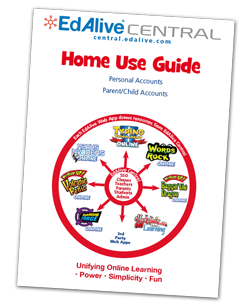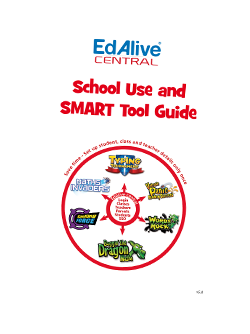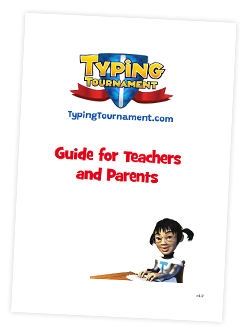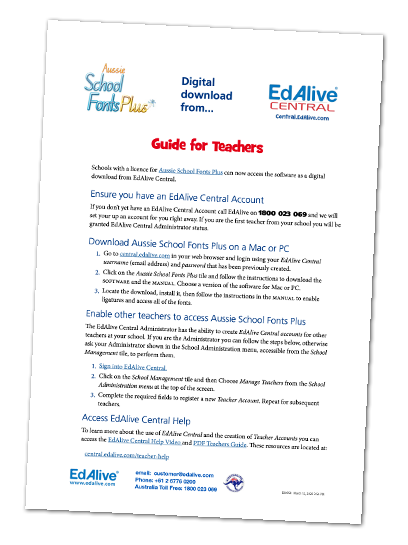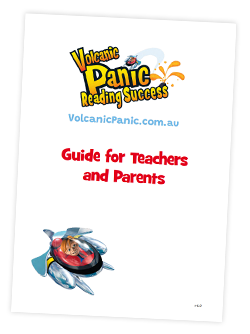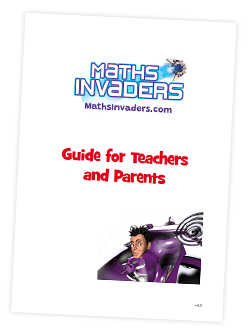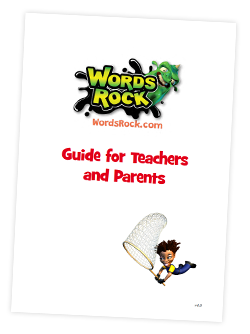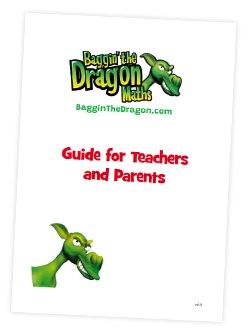Volcanic Panic - Reading Content
Intentional teaching
At the heart of Volcanic Panic Reading Success is a comprehensive bank of intentionally sequenced Questions that are designed to build a solid reading foundation and then broaden and enrich each child’s reading experience.
- Begins with basic knowledge and introduces new concepts to progress students at their own pace.
- Automatically ensures that each student is always working at their optimal learning level.
- Harnesses a wide variety of learning strategies and Question types to engage students.
- Hand-crafted and sequenced by experienced teachers.
- Frees teachers from the tedium of managing their students’ progress.
The EdAlive educational team created the core teaching sequences at the heart of Volcanic Panic Reading Success by deconstructing the curricula from many jurisdictions around the world including Australia, New Zealand, United Kingdom and Ireland. These fine-grained educational elements were then sequenced to form the EdAlive Curriculum. The result has been the creation of a matrix of Questions that is both broad and progressive in its scope.
Once formed the EdAlive content creation team set about building a diverse, broad-ranging set of Questions to teach and illustrate each of the identified outcomes. By this process the rich resource that is the EdAlive Question Bank was created. It is this carefully crafted matrix of instructional material on which the EdAlive curriculum correlations, content selections and the automated Adaptive Learning system draw.

Every Question and its organisation is intentional
- Each of the Questions in Volcanic Panic Reading Success has been included to meet specific learning outcomes identified in the comprehensive, rigorous planning that preceded their creation.
- Because each and every Question in Volcanic Panic Reading Success was designed with a particular outcome in mind, there is absolutely no time wasted on superfluous content.
- Volcanic Panic Reading Success Questions provide scaffolding for weaker students and enrichment activities that will engage and extend even the most inquiring minds.
- Learning sequences are designed directly into the sequential, finely incremented educational content.
- The educational content within Volcanic Panic Reading Success has been rigorously tested by millions of users!
Attributes of the Questions
- Students progress through carefully sequenced levels with each year level broken down into multiple incremental Steps.
- Features a broad range of Questions and Question types, including text input, missing answer, drag-and-drop, multiple choice, true or false and more!
- The diversity of Question type and the accompanying humour maintains each student’s interest and helps build their skills.
- Positive feedback and correction through detailed answer screens gives reinforcement.
- The Questions are full of quirky characters, puzzles and tantalising problems that challenge and extend students across a wide range of learning styles.
Accommodates each child’s reading needs
Every child experiences different levels of success when learning to read. That’s why the inbuilt Adaptive Learning system automatically ensures that each child is always focused on work that is just right for them by automatically progressing them through a series of carefully structured Questions.
 Beginning Readers start their reading journey with reading readiness activities.
Beginning Readers start their reading journey with reading readiness activities.
 Emerging Readers can fill in any skill gaps and then develop and broaden their reading skills.
Emerging Readers can fill in any skill gaps and then develop and broaden their reading skills.
 Struggling Readers are automatically focused on the mastery of missing foundations from where they can progress.
Struggling Readers are automatically focused on the mastery of missing foundations from where they can progress.
 Power Readers are automatically presented with a diverse range of challenging and stimulating reading material.
Power Readers are automatically presented with a diverse range of challenging and stimulating reading material.
Content varies with reading age
The difficulty, scope and type of Questions vary as the reading age increases.
Approximate Reading Age: 4 – 5
- Employs Pre-Reading and Phonemic Awareness Questions that introduce basic phonemes and graphemes in order to teach children to listen to sounds and attune to text.
- Combines sight and sound for maximum learning potential.
- Uses children’s eyes and ears to help them make the jump from speech to reading because kids begin to read by learning the sounds they hear in speech.
- Controlled vocabulary from simple to complex words.
- Explores a wide range of text types.
- Integrated speech and audio support
- Covers:
- Reading readiness activities
- Learning to listen to sounds
- Introduction of basic phonemes (sounds)
- Phoneme (sound)/grapheme (letter) correspondences
Approximate Reading Age: 6 – 7
- Introduces more advanced graphemes, expands reading vocabulary and develops reading skills in real-world, text-based activities.
- Integrated speech and audio support
- Covers:
- Advanced sounds
- Sound to letter correspondences
- Expanded controlled vocabulary
- Text-based activities
Approximate Reading Age: 8
- Introduces phonemes with multiple graphemes, develops grapheme-phoneme correspondences, extends vocabulary, and continues text-based activities.
- Integrated speech and audio support
- Covers:
- Complex sounds
- Sounds to letter correspondences
- Broad vocabulary
- Text-based Questions for comprehension and meaning
Approximate Reading Age: 9
- All 44 Phonemes are now in use, with most grapheme-phoneme correspondences established.
- Continues to present the comprehensive “Experiencing Text” activities.
- Most Questions have integrated speech and audio support.
- Covers:
- Full range of sound and letter correspondences
- Extensive vocabulary
- Broad ranging text-based Questions for comprehension and meaning
Approximate Reading Age: 10
- Contains a full range of “Experiencing Text” Questions that develop readers’ abilities by extending vocabulary, building comprehension skills and much more!
- Integrated speech is removed so that students learn to think the meaning of words rather than hear their sounds.
- Covers:
- Vocabulary extension
- Reading for life and pleasure
- Poems, prose, lists and more!
Approximate Reading Age: 11-15
- Includes a comprehensive range of Questions that build reading mastery. Readers are extended and challenged with a wide range of text types including poetry.
- Integrated speech is removed so that students learn to think the meaning of words rather than hear their sounds.
- Covers:
- Massive vocabulary
- Reading for life and pleasure
- Complex poems, prose, lists, everyday reading tasks and more!
Sound Support

Children’s eyes and ears are both needed to make the difficult jump from speech to reading because kids begin to read by learning the sounds they hear in speech. That’s why Volcanic Panic Reading Success uniquely combines sight and sound for maximum learning potential.
- Full Sound Support voiced in a neutral Australian/English accent for the early levels.
- As the reading age increases sound support tapers off to allow children to think the meaning of the text rather than verbalise individual words, thus going on to develop as independent readers.
- Helps children learn to read the same way they learn to speak
- It’s like having a teacher sit and read to each child!

The EdAlive Curriculum Structure
The EdAlive Curriculum Structure is displayed in multiple locations within Volcanic Panic Reading Success. Depending on the context it can be used to select content, display progress or access reports. Within this hierarchy are located all of Questions accessible via the different Curriculum Correlations with the most expansive Curriculum Correlation being the EdAlive Curriculum.

Related Articles
Volcanic Panic - About Volcanic Panic Reading Success Online
What is Volcanic Panic Reading Success Online Volcanic Panic Reading Success Online is a phonemic and text-based reading programme that harnesses the power of automated Adaptive Learning to build solid reading foundations and transform each student ...Volcanic Panic - The Volcanic Panic Game
At the heart of Volcanic Panic Reading Success is the fast-paced Volcanic Panic Interactive Real-Time, Multiplayer Game that is fully integrated into Volcanic Panic Reading Success. Volcanic Panic harnesses the appeal of online gaming and teams it ...Volcanic Panic - Navigating
Go to Teacher or Parent Management You can navigate back to the Teacher or Parent Management screen at any time by selecting Teacher Management or Parent Management from the Account Menu that displays towards the top right of most screens. The Main ...Volcanic Panic - Reporting
The reports relating to each student’s activity within Volcanic Panic Reading Success are accessed from the Tools and Reports screen. Access Tools & Reports School based reports are accessible to teachers. To access the Volcanic Panic Reading Success ...Volcanic Panic - Curriculum Correlations
How the curriculum correlations work Each of the thousands of Questions that form the educational content of Volcanic Panic Reading Success is correlated against the relevant curriculum outcomes for the range of curricula and syllabi covered. The ...
